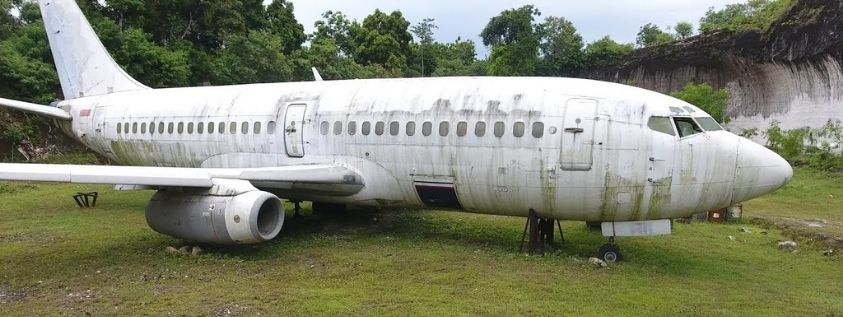Spanish airports have accumulated up to 150 abandoned planes that were left by their owners, according to data provided by AENA referring to last year.
These dropouts respond to multiple reasons. The most common, the bankruptcy of the company and consequent inability to meet the costs of parking at the airport, or the appearance of a serious breakdown in an aircraft too old for the repair to be profitable.
Many times, their abandonment is not known until after several months – sometimes even years – and, in order to withdraw them, it is necessary to face a long bureaucratic process. Abandoned aircraft, in addition to occupying a space on the platforms necessary for parking other aircraft that are in service, represent a great economic loss for airports since they do not pay the fees corresponding to parking costs. These rates can range between 200 and 900 euros per day, depending on the characteristics, weight, airport and location -finger or remote- of each aircraft.
In recent years there has been an average of 70 to 100 abandoned aircraft in AENA’s airport network. A piece of data that allows the real scope of the problem to be calibrated in its exact measure, especially in the most saturated airports.
But… What is this legal process?
We are going to explain how the process to remove these aircraft from airport platforms is broadly developed.
When it is detected that an aircraft has been abandoned by an owner or an aeronautical company, except in cases in which it is involved in a judicial process such as liens or bankruptcy proceedings, Aena’s first action is the obligation to try to locate the owner or company that owns the aircraft to urge it to proceed to its removal, paying the amounts for parking that have been generated during its stay.
If it is not possible to locate the owner of the aircraft for whatever reason, the procedures are initiated to legally declare the aircraft or aircraft in question in a state of abandonment.
This statement must be reflected in the Boletín Oficial del Estado (BOE) and in the Official Journal of the European Union (DOUE). There must be three publications in the BOE on three different dates for three months in a row. After one year from the start of the abandonment file, if there has been no previous claim from the owner, that is when the aircraft’s abandonment is officially declared and the procedures to proceed to its public auction can be started.
Once the judicial process has concluded, without success, as it has not been able to resolve the situation with the property, the airport authorities – AENA in the case of Spain – have the green light to call a public auction to recover part of the expenses incurred. On some of these occasions the planes end up being sold by weight, because the long period spent in the open and without any maintenance has notably deteriorated the structures, making them unable to fly again if it is not with a large investment. On other occasions, they are sold for a symbolic price, much lower than the real price, since the new owner who acquires the aircraft will have to pay the expenses generated in previous years and will be the one in charge of removing the aircraft either in flight -if this it is possible – or by land, from the facilities of the airport where you are.
As a significant fact, Aena entered only 116,600 euros in 2020 by auctioning 22 aircraft abandoned for decades at its facilities.
